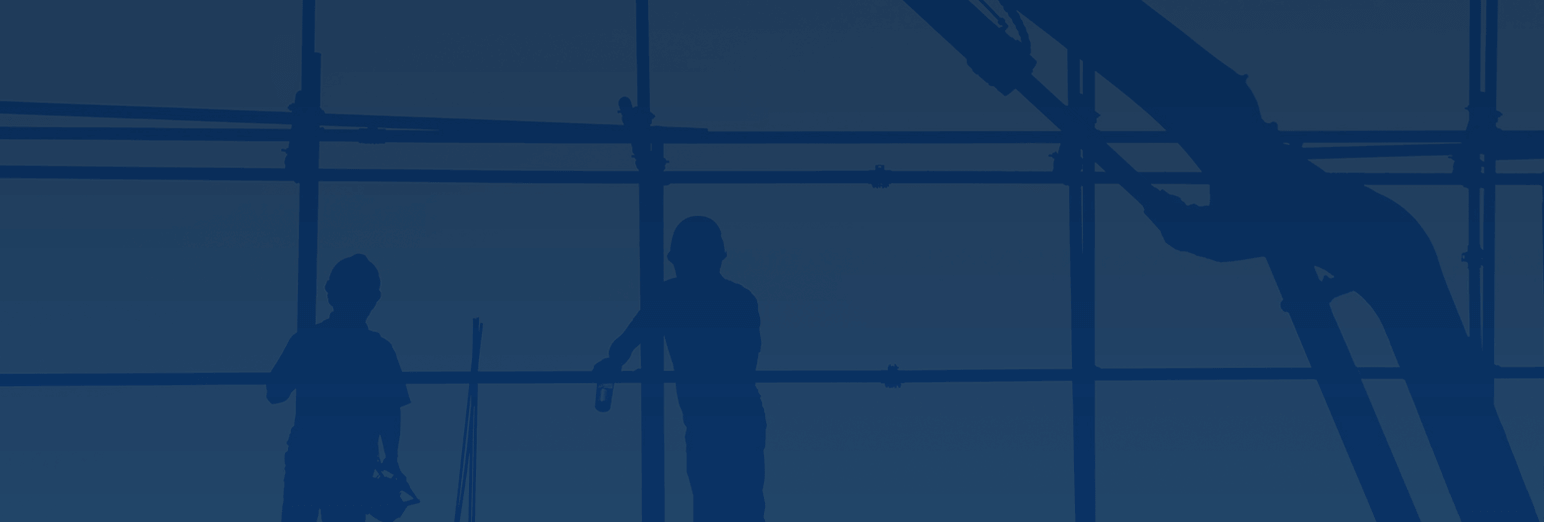Despite the huge national infrastructure bill proposed recently, the construction industry has been slower to respond to the expected turnaround. In addition to COVID-19, other factors are causing problems with the industry’s ability to recover. But how long will it last, and what can you do to protect your company in the meantime?
Issues Impacting Industry Recovery
The pandemic has caused multiple issues that are preventing the industry from recovering, including cost of materials, disruptions in the supply chain and shortages in labor.
- Cost of Materials
A combination of plant shutdowns due to COVID-19, as well as homeowners making improvements to make their homes more livable and enjoyable, have made material prices skyrocket. With a 20% increase in the past few weeks, overall prices are up 50% year-over-year, with lumber up over 70% in the past year. This raises the cost of homes by tens of thousands of dollars in materials alone. Part of this increase is also related to increased fuel costs. In addition to the increased cost, this does not take into account the issues contractors are facing, such as longer lead times, while the existing steel and aluminum tariffs continue to compound the problem of high material costs.
- Disruptions in the Supply Chain
Disruptions started in early 2020 as factories and transportation hubs were forced to temporarily close. As a result, employees were laid off or put on furlough, and some haven’t come back due to high unemployment payments. Combined with safety measures that have been put in place for COVID-19, many suppliers are still not working at full capacity, while having fewer workers for ports, ships, loading docks and similar transportation hubs have caused significant additional delays in the loading and unloading processes.
Beyond these factors, Mother Nature has also caused issues, with extreme weather such as hurricanes, droughts and wildfires causing additional delivery interruptions. On top of that, months of discussions on international tariffs have caused issues with global trade options.
- Shortages of Labor
If there’s one thing you’re probably noticing as a theme in these issues, it’s that we have a labor shortage. A lot of construction workers were laid off last year as nonessential projects were temporarily halted, social distancing needed to be sorted out and sufficient PPE for crews was not available.
At this point, it’s expected that a lot of these workers have moved on to other industries; the construction industry alone will likely need to hire somewhere between 750,000 and one million workers to meet the increases in demand. With this level of demand, skilled workers will be able to charge a premium for their services.
Protecting Your Business During Delayed Recovery
With all this happening, you’ll want to adjust your plans, including accounting for longer lead times, higher costs and supply chain diversification. Consider moving to different materials if needed and remember that you can take a tax credit for Research and Development in many situations. But what else can you do to protect your business during this difficult time?
There are several options available, including:
- Negotiating contracts that split the risk, with stipulations on what constitutes significant price increases as well as uses of contingency clauses that are permitted or prohibited
- Using different price strategies, including cost-plus, fixed-fee and value-priced
- Shortening schedules to save labor costs
- Reducing your bid times to 30 days to avoid serious material price increases
- Communicating with stakeholders through the process to create mutually beneficial outcomes
When Will it End?
Though the project backlog has gone down slightly, the rest of the Associated Builders & Contractor’s Construction Confidence Index shows contractor optimism for the near future. Residential real estate is still a seller’s market due to low interest rates, and if this continues, you can expect the market to remain that way for the rest of 2021. Commercial and industrial construction will probably rebound if the $1.7 trillion infrastructure bill passes, though the worker and supply shortage can cause contractors to lose profitability on traditionally tight profit margins.
These issues will begin to sort themselves out over time, but it may be early 2022 before we see solid relief in the industry. So, while you should remain positive, be cautious for the moment. Do proactive strategic planning for contracts, schedules, pricing and supply chain timelines. Keep in touch with your stakeholders and take advantage of the tax credits and incentives that are currently available.
Above all else, stay in touch with your advisors as the industry landscape continues to shift so that you can leverage any changes to your company’s advantage.
We’re Here to Help
Bennett Thrasher’s Construction practice is here to support your needs. To learn more about our services, please contact Scott Hazy or Aaron Scale by calling 770.396.2200.





